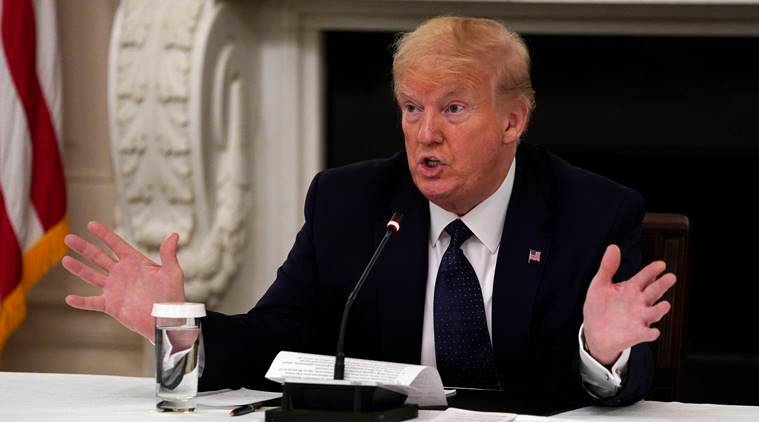White House Workforce Shift Spurs Innovation and Efficiency Amid Government Shutdown
Strategic workforce adjustments aim to streamline federal operations and create space for innovation, while ensuring essential services continue.
In a move to optimize federal operations during the ongoing government shutdown, the U.S. administration has initiated a targeted workforce adjustment affecting certain government departments.
Officials emphasize that these measures are designed to improve operational efficiency, ensure continuity in critical services, and prioritize resource allocation for national priorities.
The temporary changes are affecting several agencies, including the Treasury Department, the Department of Health and Human Services, the Internal Revenue Service, the Department of Commerce, Education, and the Homeland Security cybersecurity division.
Government spokespeople have highlighted that these adjustments are strategic and carefully planned to maintain core operations while addressing administrative flexibility.
President Donald Trump, in a statement, emphasized the administration’s commitment to streamlining processes and creating a more focused federal workforce.
“This is an opportunity to make our government more efficient and agile while maintaining services Americans rely on every day,” he said.
Officials pointed out that while some positions are temporarily affected, essential functions remain fully operational. Agencies are employing advanced planning to ensure that critical services, including financial operations, cybersecurity monitoring, and public health initiatives, continue uninterrupted.
A total of over 4,200 federal employees have received adjustment notifications across seven key agencies, with measures intended to restructure workloads and focus resources on high-priority areas.
The Treasury Department and the Department of Health and Human Services, both vital to economic stability and public health, are maintaining core services while reviewing efficiency improvements.
“The government is taking a forward-looking approach,” said a senior federal official. “This is about streamlining and modernizing operations, ensuring that taxpayers’ dollars are used effectively, and that key services are not disrupted.”
Democratic and Republican leaders alike are now engaged in discussions to ensure that essential programs continue smoothly during the shutdown. While debates on policy and funding continue, the workforce adjustments highlight innovation in government management—balancing fiscal responsibility with public service needs.
In addition to efficiency gains, the administration has emphasized that these measures provide an opportunity to implement modern digital tools, reduce redundancies, and focus on high-value projects.
The temporary adjustments allow federal agencies to pilot new technologies and management strategies that could benefit operations long after the shutdown ends.
Experts say that workforce optimization during challenging times is a common approach to improving government performance. By temporarily reallocating resources, agencies can focus on the most pressing tasks, reduce bottlenecks, and prepare for a more streamlined post-shutdown environment.
For employees affected by the adjustments, federal programs are in place to provide support and guidance, ensuring smooth transitions and offering training opportunities. This reflects the administration’s commitment to balancing operational efficiency with workforce welfare.
With the strategic workforce adjustments underway, the administration aims to emerge from the shutdown with a more agile, modernized, and efficient government structure—better prepared to serve American citizens, respond to national challenges, and support innovation across key federal functions.



